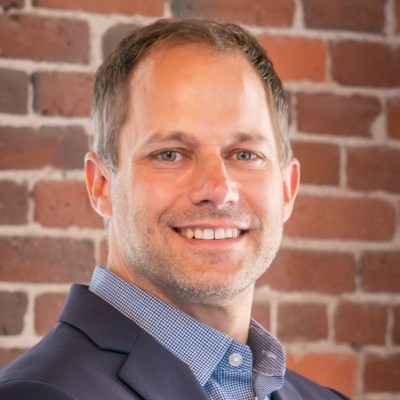- Video Library
- Brian Hess, RevBio - Bone Adhesive Biomaterials Using Tetranite | LSI USA '24
Brian Hess, RevBio - Bone Adhesive Biomaterials Using Tetranite | LSI USA '24

Brian Hess
Brian is currently the CEO and Founder of RevBio, which is a clinical stage medical device company. RevBio was founded to develop and commercialize Tetranite®, a revolutionary bone adhesive technology with regenerative properties that is poised to transform bone repair. Mr. Hess is focused on advancing company operations, raising investment capital, and building a world class organization whose mission is to commercialize game-changing products based on the Tetranite platform.
Brian's passion is to lead innovation at the cutting edge of the healthcare space and to create organizations as they develop products to treat patients with unmet needs. His leadership style is to promote collaboration and distribute responsibilities across multi-disciplinary teams. He does so by building environments where people are highly engaged, aligned, and motivated to come to work everyday and to share in their discoveries.
Brian Hess
Brian is currently the CEO and Founder of RevBio, which is a clinical stage medical device company. RevBio was founded to develop and commercialize Tetranite®, a revolutionary bone adhesive technology with regenerative properties that is poised to transform bone repair. Mr. Hess is focused on advancing company operations, raising investment capital, and building a world class organization whose mission is to commercialize game-changing products based on the Tetranite platform.
Brian's passion is to lead innovation at the cutting edge of the healthcare space and to create organizations as they develop products to treat patients with unmet needs. His leadership style is to promote collaboration and distribute responsibilities across multi-disciplinary teams. He does so by building environments where people are highly engaged, aligned, and motivated to come to work everyday and to share in their discoveries.

17011 Beach Blvd, Suite 500 Huntington Beach, CA 92647
714-847-3540© 2025 Life Science Intelligence, Inc., All Rights Reserved. | Privacy Policy







